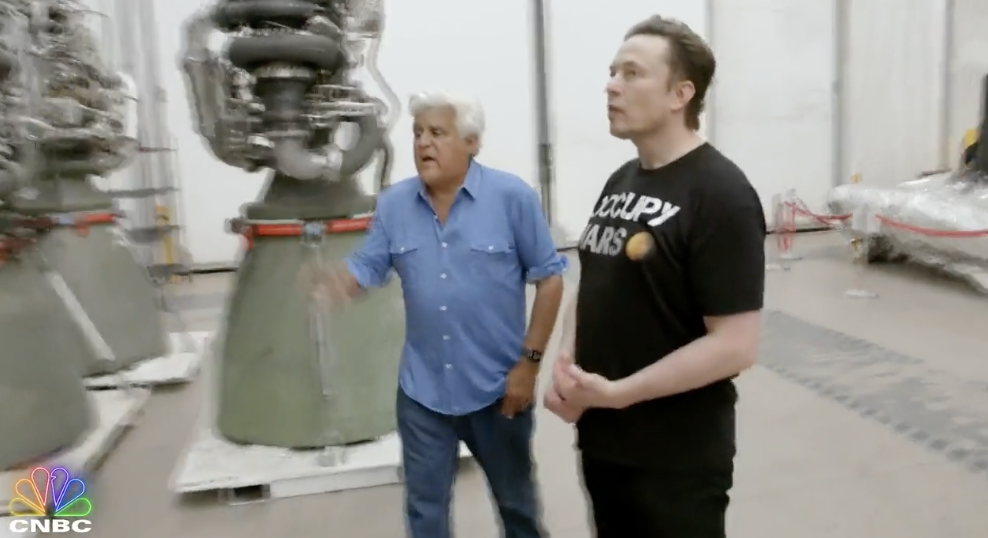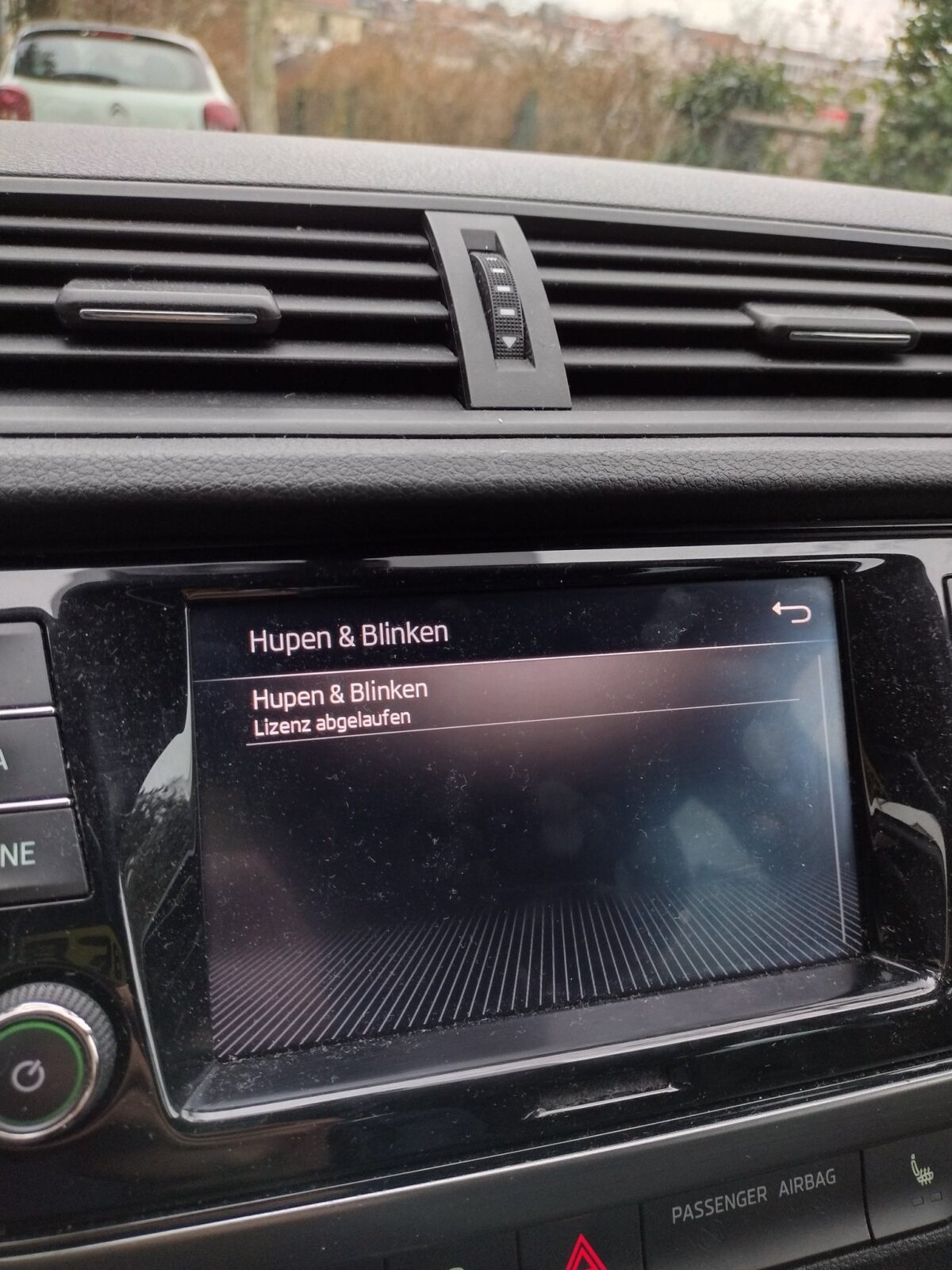W3C has patterns for sustainable web design.
Category: Technology, Web & Cloud
The author has a background in computer science and a passion for new technology. When the degree was earned, the web was not too popular yet. That opened an opportunity to follow the entire process with huge fascination, and the journey didn’t end yet. Most of the development happens in Python and Django these days, but all other facets are interesting, too.
-
Green Software Patterns
The Green Software Foundation offers a catalog of green patterns for AI, the cloud, and the web. We, as an industry, need to decarbonise software and reach a greener computing model.
Find the patterns here https://patterns.greensoftware.foundation
-
We need to decarbonise software.
Dass die Zeit der unendlichen Resourcen vorbei ist, scheint sich auch langsam in der Softwarebranche herumzusprechen. IEEE Spectrum schreibt in einem Artikel der aktuellen Ausgabe von einem “Green Software Movement”, das es sich zur Aufgabe gemacht hat, bestehende Code-Bases hinsichtlich Carbon-Footprint zu optimieren. Und tatsächlich gibt es auch drüben in LinkedIn und Crunchbase schon vereinzelt Startups, die mit grünem Code werben.
Das Versprechen ist am Ende weniger altruistisch, als es auf den ersten Blick scheint, in dem Spiel findet sich auch viel Greenwashing statt. Schließlich ist es nicht so selten, dass die Rechnung eines Hyperscalers für einen Kunden entgleist. Dort ist selbstverständlich anzusetzen, zunächst natürlich für den Verbraucher, aber letztendlich auch für den Planeten.
SOFTWARE MAY BE eating the world, but it is also heating it.
Der Weg ist klar, weniger Ressourcen verbrauchen, weniger CO2 freisetzen.
Wie der Rebound-Effekt zu verhindern ist, das ist noch nicht erforscht. Das ist aber auch kein Thema für Ingenieure.
-
Models All The Way Down
Christo Buschek und Jer Thorp haben sich für ein Knowing Machines Project einmal die Funktionsweise von “Large Language Models” (LLM) zu Beschreiben vorgenommen. Man scrollt durch die Website und kann sich Schritt für Schritt anschauen, was warum passiert. Welche Daten für das Training von solchen LLMs verwendet werden, aus welchen Quellen die Inhalte stammen und wie die sich zusammensetzen. Und welche Einflüsse die Zusammensetzung bestimmen.
Und vor allem beschreibt die Seite auch auch, was nicht automatisiert ist und wie das alles potentiell problematisch ist. Selber bin ich noch nicht ganz durch, aber die Woche hat die Mitte ja noch nicht ganz erreicht.
Hier geht’s zu Models All The Way Down.
-
7 Trillion
OpenAI gibt sich Selbstbewusst. Wenn das so stimmt, ist Sam Altman, CEO von #OpenAI, in Gesprächen über eine neue Investitionsrunde. Während #AI natürlich immer noch das dominierende Thema und eine zentrale Hoffnung für die globale Wirtschaft ist: holy shit.
Unter anderem Statista zu Folge lag das Globale „Gross Domestic Product“ (Bruttoinlandsprodukt) bei guten $100 Trillionen. Davon entfallen etwa ein Viertel auf die größte Wirtschaft, die USA.
$5-7 Trillion entsprechen deshalb einem Investment von wiederum einem Viertel der jährlichen Wirtschaftsleitung. Mit der Kasse hätte OpenAI mehr in der Tasche als Japan in einem Jahr umsetzt.
Damit wäre OpenAI uneinholbar Marktführer in dem Segment, das gerade in Europa durch den AI Act reguliert wird. Und mit seinem Potential auch nicht in die Hand einzelner Unternehmen gehört.
via decrypt.co.
-
Google is shutting down Stadia
Players will continue to have access to their games library until January 18th 2023, less than half a year from today, reports Engadget.

Photo by JESHOOTS.com on Pexels.com The cloud gaming service was only launched 3 years ago, with many ambitions. Google started it’s efforts with an own game studio. However, the entire service fell back behind the attached expectations and was never considered successful. The game studio already shut down last year, making this move no surprising consequence.
What is remarkable is the almost prophetic accuracy of http://stadiacountdown.com, a single purpose website built and launched by Jason Scott.
Stadia Countdown by @textfiles The tweet dates back to November 2019, the day before Stadia actually launched, predicting a lifespan of 4 years for Stadia. As of today, the counter has 412 more days for Stadia to go. Google will kill the product earlier than that.
One thing noteworthy here is that Google products are already notorious for being very mortal. The above is based on Google Cemetery calculates average days for the life expectancy of any life and future product and came up with the ~4 years for the Stadia countdown. While this is kind of normal and necessary in the B2C market, the reputation the company builds is dangerous for its enterprise ambition.
-
Patents are for the weak

Jay Leno and Elon Musk Jay Leno visited SpaceX to interview Elon Musk. The quick trailer on Jay Lenos Twitter channel shows them debating Raptor Engines, used in SpaceX’s rockets. In the converation, Elon Musk takes a hot take on patents. He claims the company ain’t using the mechanism, that won’t help progressing anywhere. His take is patents are meant to keep others from progressing along. My bubble will appreciate.
-
EU: So viel Solarstrom wie noch nie
Nachdem in Twitter und allen anderen Medien alle durchdrehen zu scheinen, scheint die kurze Durchsage der Denkfabrik Ember Climate bei tagesschau.de hier nicht unwichtig:
Mitten in der Gaskrise ist in der EU in diesem Sommer so viel Solarstrom produziert worden wie nie zuvor. Allein in Deutschland kam nach einer Studie knapp ein Fünftel des erzeugten Stroms von der Sonne.
aus dem ArtikelSource: Stromproduktion in der EU: So viel Solarstrom wie noch nie
-

Mobility Features
Die Automobilbranche schaut ja schon länger auf die Erfolgsstories der Softwareindustrie. Mieten statt kaufen, monatliche Einnahmen statt einmaliger Kosten. Für die Standheizung nur im Winter bezahlen zu müssen scheint dem ein- oder anderen Kunden ja auch noch nachvollziehbar zu sein. Wie der Benutzer @_uni_corn_ auf Twitter berichtet, kann es allerdings sein, dass Skoda den Ansatz überzieht.
Ich finde Skoda übertreibt das mit den kostenpflichtigen Zusatzfeatures etwas…

Originally tweeted by Uni_corn (@_Uni_corn_) on December 26, 2021.

